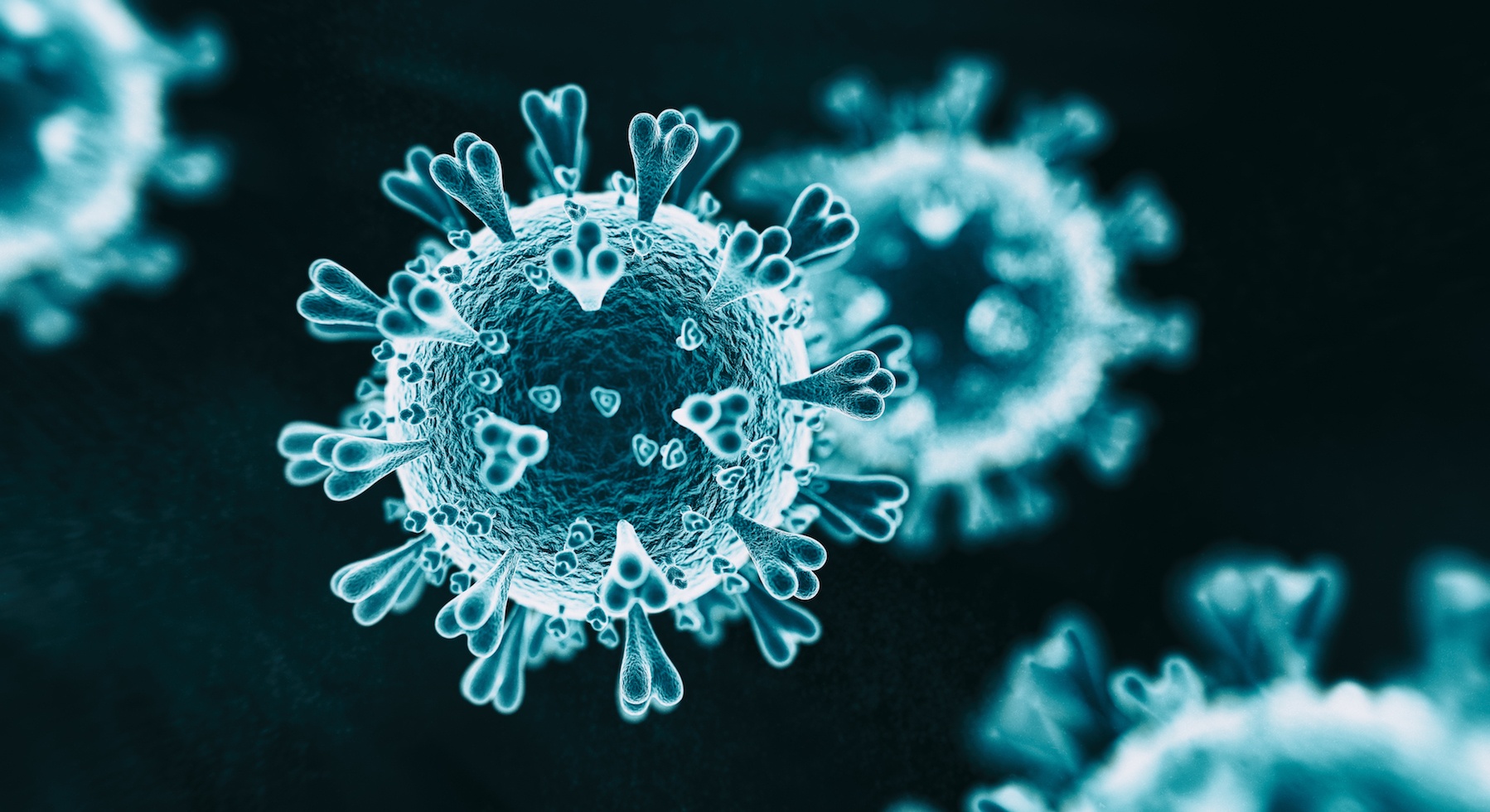Last night was a big one for our state.
I am, of course, writing this before President Trump held his campaign rally in Tulsa. So, I can’t say how many folks actually showed up at the BOK Center. Or whether lots of additional people packed into overflow seating offsite.
Nonetheless, I feel confident saying that these events will pave the way for a new spike in Covid-19 cases in the coming weeks.
Already, this past week had seen record levels of new infections in Oklahoma. In the wake of Memorial Day, daily case reports began to climb steeply, from less than 100 new infections a day to 450 by Thursday. In particular, Tulsa County has seen a surge, overtaking Oklahoma County (which has a substantially larger population) in total confirmed cases.
In this kind of environment, bringing together large crowds of tightly packed people indoors isn’t exactly what public health experts recommend. Indeed, it’s precisely what they don’t recommend.
For campaign rallies, Dr. Anthony Fauci said that “outside is better than inside, no crowd is better than crowd,” and “crowd is better than big crowd.” Asked if he’d attend, Fauci said no. “I’m in a high-risk category. Personally, I would not. Of course not.”
With the number of tickets for the rally reportedly exceeding 1 million, the rally attendees — and others who gathered last night in Tulsa — almost certainly came from a catchment area much wider than northeast Oklahoma. Thus, when they return to their homes, whether in Oklahoma City, Arkansas, Missouri or elsewhere, they’ll also carry with them the potential to seed new outbreaks in those communities.
Officials with the Trump campaign indicated they’d be doing temperature checks at the door and handing out masks to those who wanted them. Unfortunately, studies have found that large numbers of infected people will not have fevers. And even in the highly unlikely event that every member of the crowd donned a mask, face coverings will only help curb viral spread. They will not prevent it.
At the Oklahoma Medical Research Foundation, Dr. Judith James and her colleagues have been conducting preliminary studies on antibodies to the coronavirus. As part of this work, they’ve been analyzing blood samples from broad swaths of the metro-area population. In these analyses, known as seroprevalence studies, they’ve found antibodies in between 1% and 2% of the population.
In other words, at least 49 out of 50 of us remain prone to the virus. And, indeed, it remains to be seen whether even that 50th person is also at risk.
Earlier this week, OMRF received a grant from the National Institute of Allergy and Infectious Diseases to study this very question.
Most of us are operating under the presumption that once a person recovers from the virus, they’ll enjoy some degree of protection against future infection. But two other coronaviruses — SARS and MERS — have behaved differently.
There, people developed what’s known as antibody-dependent enhancement. Instead of guarding against future infections, this phenomenon can actually make those infections worse.
As you can imagine, this would represent a major problem. And it would also present a substantial hurdle to the development of vaccines.
Led by Drs. Linda Thompson and Mark Coggeshall, OMRF researchers will also be studying why certain people develop severe cases of COVID-19, while others remain relatively unaffected. By analyzing the blood of people who’ve been infected and recovered, they’ll search for biological clues that could identify those at greatest risk for morbidity and mortality. “There is no more urgent issue to study in the world, so we’ll do everything we can to help,” said Coggeshall.
I recognize that we’re all tired of hiding from this virus. Of wearing masks. Of keeping our distance from friends and family. Of missing out on concerts, vacations and sporting events.
But with the virus circulating so actively, now is not the time to toss our masks aside and go on with life as we knew it not so long ago.
Every day, we learn something new about this virus. And each piece of knowledge helps tip the scales in our favor.
In this fight, patience and discipline remain our most effective weapons. They helped us prevent an estimated 60 million infections in the U.S. this spring. Let’s not erase these gains. Let’s continue to protect the most vulnerable among us.
If we do, we’ll give researchers the time they need to find a solution. And when they succeed, we can all hold a big rally to celebrate.



